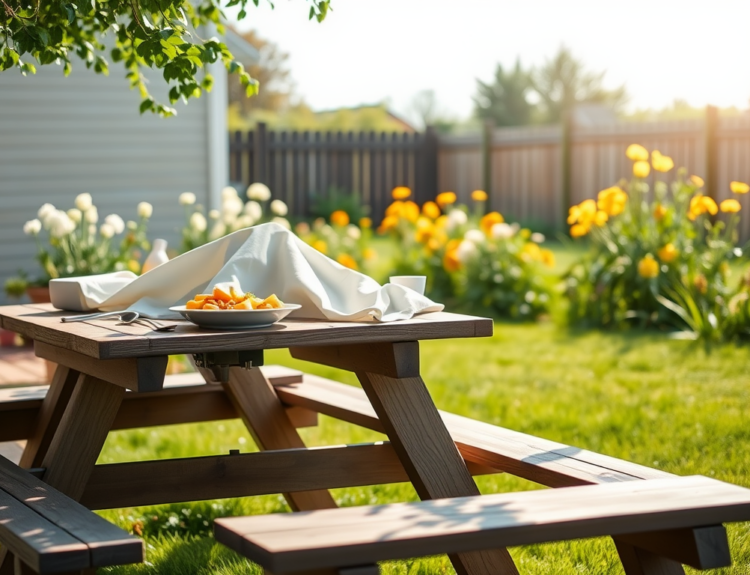Electric fireplaces provide a unique blend of warmth, ambiance, and convenience that is hard to beat. With the flick of a switch, you can transform your home into a cozy retreat in no time. However, ensuring that you get the most heat efficiency out of your electric fireplace requires more than just plugging it in and turning it on. Many users may not realize that their setup and usage habits can significantly affect performance. In this article, we will explore practical tips and techniques to enhance the heat efficiency of your electric fireplace. From choosing the right model to placing it correctly and maintaining it properly, these insights will help you create a warm and inviting atmosphere while saving on energy bills.
Understanding Electric Fireplaces

Electric fireplaces are becoming an increasingly popular choice for modern homes, thanks to their user-friendly features and minimal maintenance requirements. They function by using electric heating elements and a fan system to generate warmth. More importantly, they are often safe for family use, making them ideal for households, especially where children or pets are present. Electric fireplaces provide the aesthetics of a traditional fire without the hassle of wood, smoke, or complex installation. Moreover, their zoning capabilities allow you to heat specific areas of your home efficiently. Understanding how these tools work is crucial as you look to enhance their efficiency.
Choosing the Right Electric Fireplace

The first step in maximizing heat efficiency starts with selecting the right electric fireplace. Electric fireplaces come in various forms, and knowing which type suits your needs will greatly influence your heating experience. Whether you opt for a wall-mounted model or a freestanding unit, understanding the strengths of each type will empower you to make informed decisions. One of the most efficient choices includes models designed specifically for energy conservation. Additionally, proper sizing and aesthetic appeal should also be considered to seamlessly integrate into your living space. Below are the main types of electric fireplaces:
- Wall-mounted Fireplaces: These save space and are effective for heating smaller areas.
- Freestanding Models: These units are versatile and can easily be moved to where you need heat the most.
- Insert Fireplaces: Ideal for existing traditional fireplace spaces, providing additional heat without needing a complete overhaul.
Location Matters
After choosing the right fireplace, the next crucial factor is the placement. The location of your electric fireplace can significantly influence its efficiency. Proper positioning not only enhances the heat distribution but also adds to the aesthetic charm of the room. For the best results, consider placing the fireplace in a central location in your home. This will allow the heat to circulate evenly, making your entire space feel warmer. To further optimize the location, it’s essential to keep the area around the fireplace clear of obstructions.
- Avoiding Obstructions: Keep furniture and other items away from the fireplace to minimize heat loss.
- Optimal Warming Zones: Identify the areas in your home where you spend the most time and position your fireplace accordingly for maximum benefit.
- Elevation Consideration: Elevating the fireplace above ground level can help in better heat distribution.
Selecting the Right Settings
To optimize heat efficiency, many electric fireplaces come equipped with a variety of adjustable settings. Familiarizing yourself with these settings can lead to substantial energy savings and enhanced warmth. For instance, using the energy-saving mode helps maintain warmth without escalating energy consumption. Moreover, your fireplace may feature timer functions, which are instrumental in conserving energy by ensuring that it operates only when needed. Here are some key settings to consider:
| Setting | Description |
|---|---|
| Energy-Saving Mode | Reduces energy consumption while still providing adequate warmth. |
| Timer Functions | Allows you to schedule on/off times to match your heating needs. |
| Flame Height Adjustment | Customize the appearance of the flames while maintaining heat output. |
Insulating Your Space
Insulating your space is another vital strategy for maximizing the efficiency of your electric fireplace. A well-insulated room retains heat, making it easier for your fireplace to maintain a comfortable temperature. To accomplish this, consider using high-quality weather stripping on doors and windows to seal off any drafts. Additionally, you may benefit from using insulation boards or thermal curtains to minimize heat loss. Rugs can also act as insulators, helping to retain warmth and provide comfort underfoot. Here are some effective insulation methods:
- Use of weather stripping for draft prevention.
- Applying insulation boards for window and door openings.
- Incorporating thick rugs and heavy curtains to help maintain temperature.
Maintenance Tips for Efficiency
Regular maintenance is essential for ensuring that your electric fireplace operates at optimum levels. Without proper care, dust and debris buildup can cause overheating and affect the overall performance. It is advisable to regularly dust the exterior of the unit and inspect any accessible interior components. In addition, checking electrical connections ensures that there are no loose wires that could lead to potential malfunctions. A well-kept fireplace not only works more efficiently but can also have a longer lifespan. Here’s a checklist to keep in mind:
- Dust and clean the exterior of the unit.
- Inspect the internal components for dust and debris.
- Regularly check electrical connections for any issues.
Conclusion
Maximizing heat efficiency in your electric fireplace involves a multi-faceted approach that encompasses choosing the right unit, optimal placement, and regular maintenance. By being mindful of various settings and insulating your space effectively, you can create an inviting atmosphere while minimizing energy consumption. With a few strategic changes and thoughtful practices, you can enjoy the warmth and ambiance of your electric fireplace without breaking the bank. Embrace these tips and revel in the comfort of your enhanced heating solution this season.
Frequently Asked Questions
- What is the most energy-efficient electric fireplace? The most energy-efficient models have energy-saving modes or adjustable settings that can be tailored to your heating needs.
- How much does it cost to run an electric fireplace? Costs can vary, but generally, it may range from $0.20 to $0.80 per hour depending on usage and electricity rates.
- Can I use an electric fireplace as a primary heat source? While they are effective for supplemental heating, they may not replace central heating systems in larger spaces.
- How do I clean my electric fireplace? Regular dusting and ensuring the interior is clean are essential. Always refer to the manufacturer’s guide for specific cleaning instructions.
- Is it safe to leave an electric fireplace on overnight? While most modern models feature safety mechanisms, it’s typically recommended to turn them off to avoid any potential risks.



